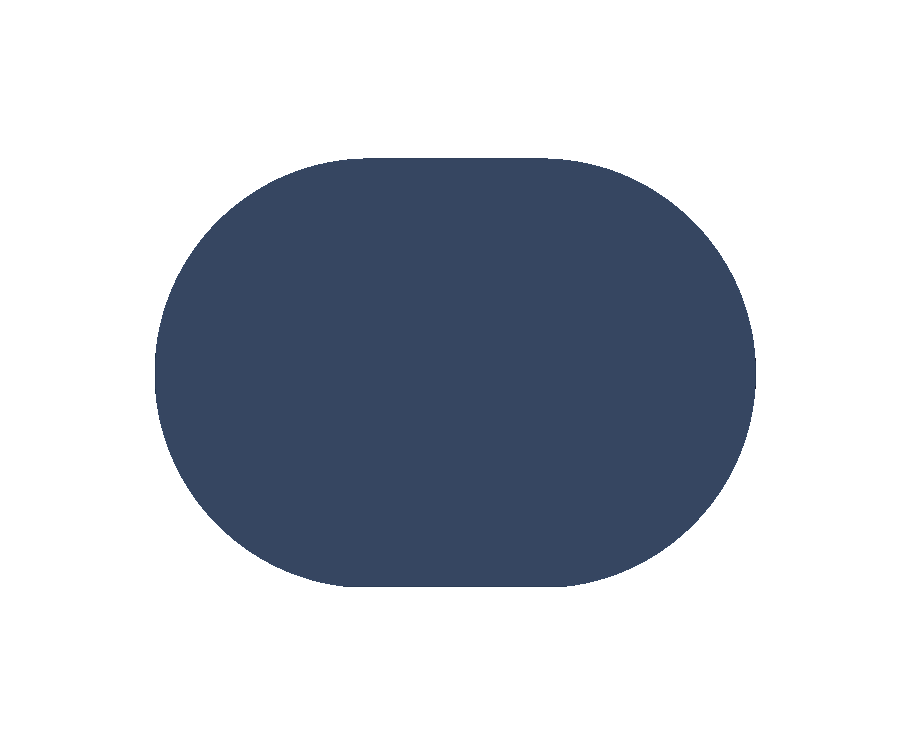
Go vs Python for Web Scraping
EngineeringGo vs Python debate, both languages offer unique advantages for web scraping. Python is user-friendly and ideal for quick setups, while Go is perfect for high-performance applications.
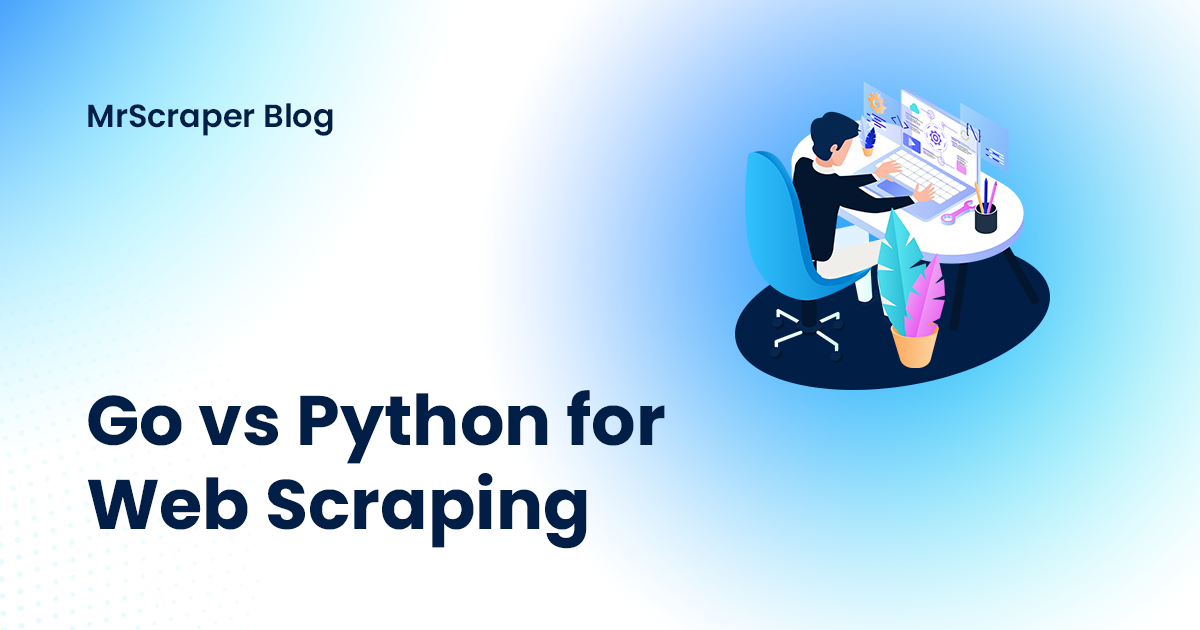 In the world of web scraping, developers often face a crucial decision: Go vs Python. Both languages have their strengths, but which one is better suited for your web scraping needs? As a developer for MrScraper, a powerful web scraping tool enhanced with AI, I’m here to break down the differences and help you make an informed choice.
In the world of web scraping, developers often face a crucial decision: Go vs Python. Both languages have their strengths, but which one is better suited for your web scraping needs? As a developer for MrScraper, a powerful web scraping tool enhanced with AI, I’m here to break down the differences and help you make an informed choice.
Why Web Scraping?
Web scraping allows you to automatically extract data from websites. Whether you need to collect prices, gather content, or analyze data, web scraping is an invaluable skill. However, the programming language you choose can significantly affect the ease and efficiency of your scraping efforts. Let’s delve deeper into the Go vs Python comparison for web scraping.
Web Scraping with Python
Python is widely regarded as the go-to language for web scraping, thanks to its readability and the availability of powerful libraries like Beautiful Soup and Scrapy. Here’s a simple example of web scraping in Python:
Python Code Example
import requests
from bs4 import BeautifulSoup
#URL to scrape
url = 'http://example.com'
#Send a GET request
response = requests.get(url)
#Parse the HTML content
soup = BeautifulSoup(response.content, 'html.parser')
#Extract data
titles = soup.find_all('h1')
for title in titles:
print(title.text)
In this Go vs Python example, you can see how easy it is to fetch and parse HTML with Python. The combination of requests and Beautiful Soup makes web scraping straightforward and accessible for developers at all skill levels.
Web Scraping with Go
On the other hand, Go is known for its speed and performance, making it an attractive choice for developers who prioritize efficiency. While it may not have as many libraries dedicated to web scraping as Python, it offers robust HTTP handling and concurrency capabilities. Here’s a basic example of web scraping using Go:
Go Code Example
package main
import (
"fmt"
"net/http"
"golang.org/x/net/html"
)
func main() {
// URL to scrape
url := "http://example.com"
// Send a GET request
resp, err := http.Get(url)
if err != nil {
panic(err)
}
defer resp.Body.Close()
// Parse the HTML
tokenizer := html.NewTokenizer(resp.Body)
for {
tokenType := tokenizer.Next()
switch tokenType {
case html.ErrorToken:
return // End of the document
case html.StartTagToken, html.SelfClosingTagToken:
token := tokenizer.Token()
if token.Data == "h1" {
tokenType = tokenizer.Next()
if tokenType == html.TextToken {
fmt.Println(tokenizer.Token().Data)
}
}
}
}
}
In this Go vs Python comparison, you can see how Go handles web scraping with its native libraries. While the syntax may be less straightforward than Python's, Go excels in performance and scalability.
Why Bother Coding?
While both Go and Python have their merits, web scraping can often be tedious and error-prone, especially when dealing with complex sites or large datasets. This is where MrScraper comes in.
Why Use MrScraper?
- AI-Powered: MrScraper leverages AI to simplify the scraping process, enabling you to extract data without writing extensive code.
- Efficiency: Save time and resources by automating the scraping process. Focus on data analysis instead of the intricacies of coding.
- Ease of Use: Even if you're not a developer, MrScraper provides a user-friendly interface that makes web scraping accessible to everyone.
In the Go vs Python debate, both languages offer unique advantages for web scraping. Python is user-friendly and ideal for quick setups, while Go is perfect for high-performance applications. However, if you want to skip the complexities of coding altogether, consider using MrScraper. With its AI capabilities, you can effortlessly scrape the web and focus on what matters most—making informed decisions based on your data.
Find more insights here
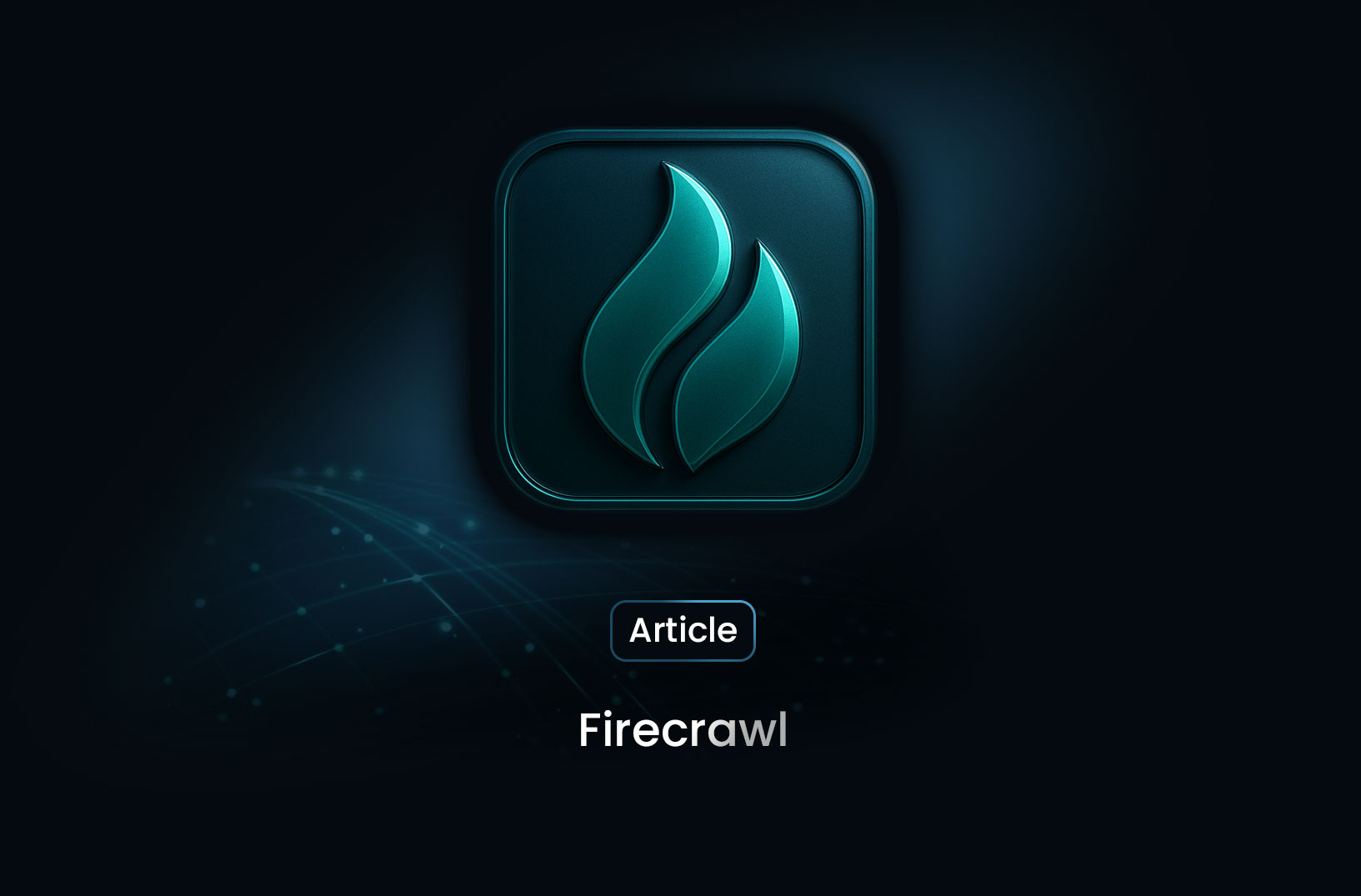
Firecrawl Explained: What It Is, How It Works, and Why Developers Use It
A complete 2025 guide to Firecrawl. Learn what Firecrawl is, how it works, key features, use cases,...
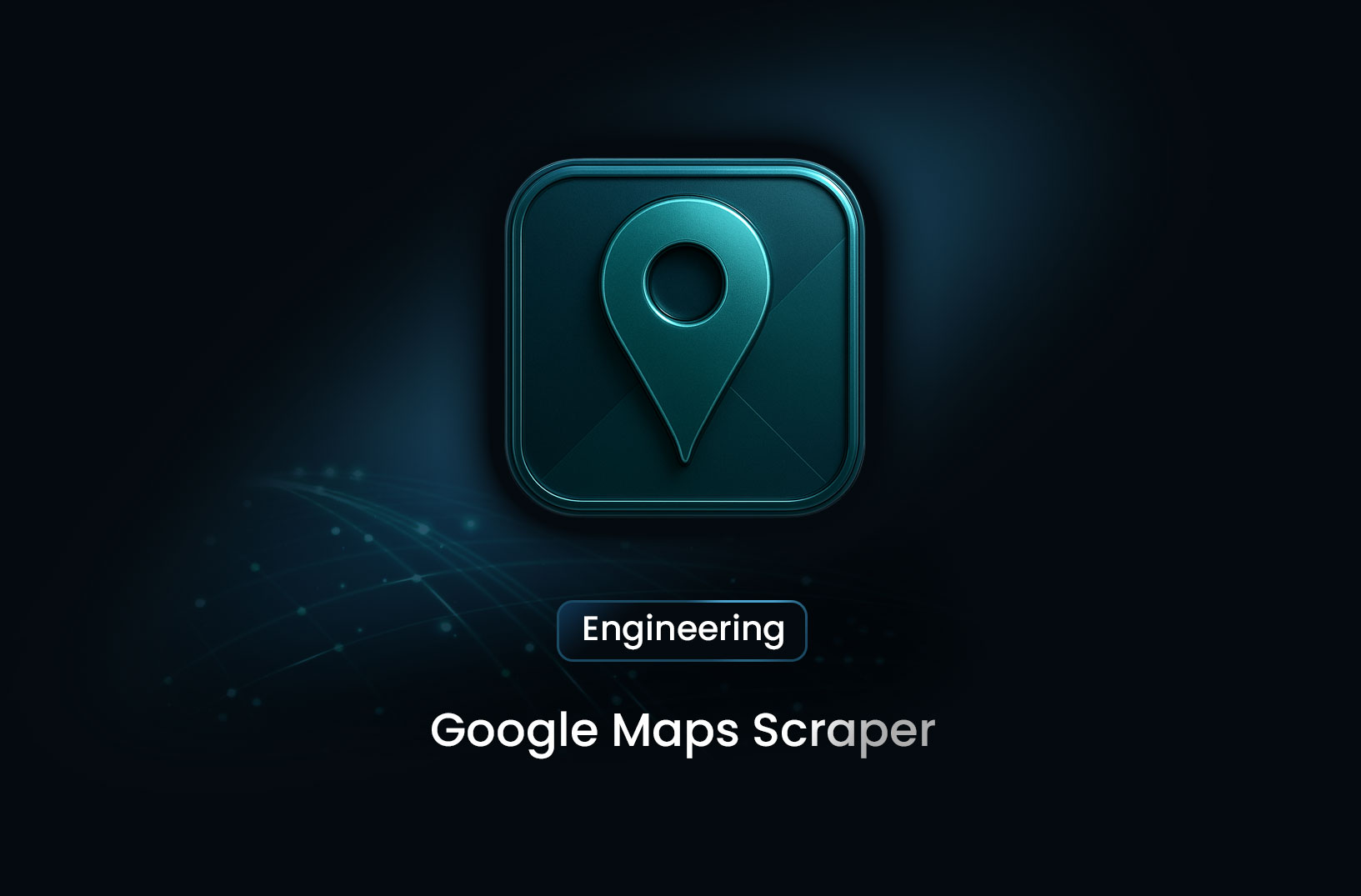
Google Maps Scraper: The Complete 2025 Guide for Location Data, Leads, and Business Intelligence
A complete 2025 guide to Google Maps scraping. Learn what data you can extract, use cases, challenge...
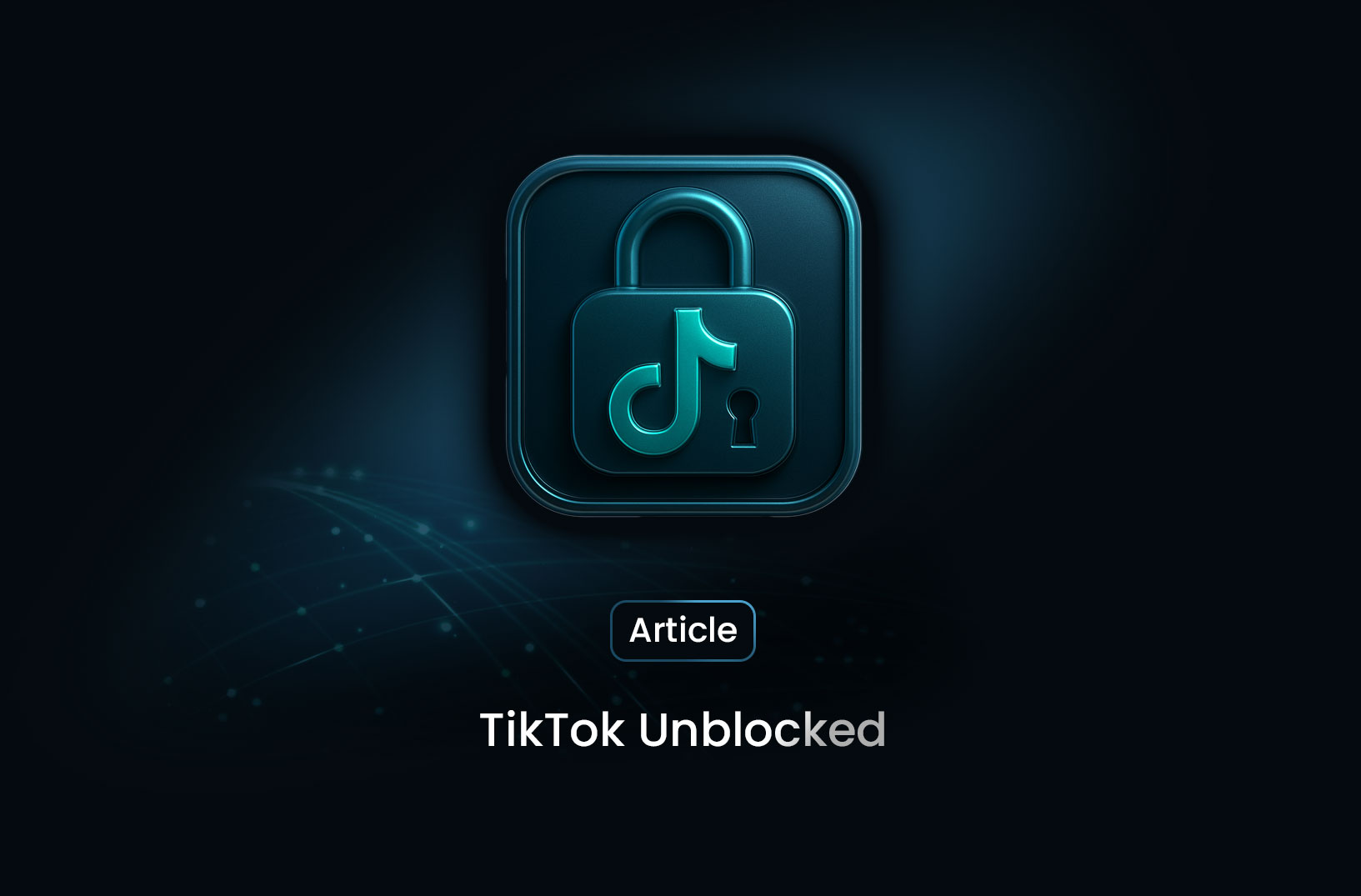
TikTok Unblocked: How to Access TikTok on Restricted Networks
Learn how to unblock TikTok on school Wi-Fi, office networks, public hotspots, or restricted regiona...
